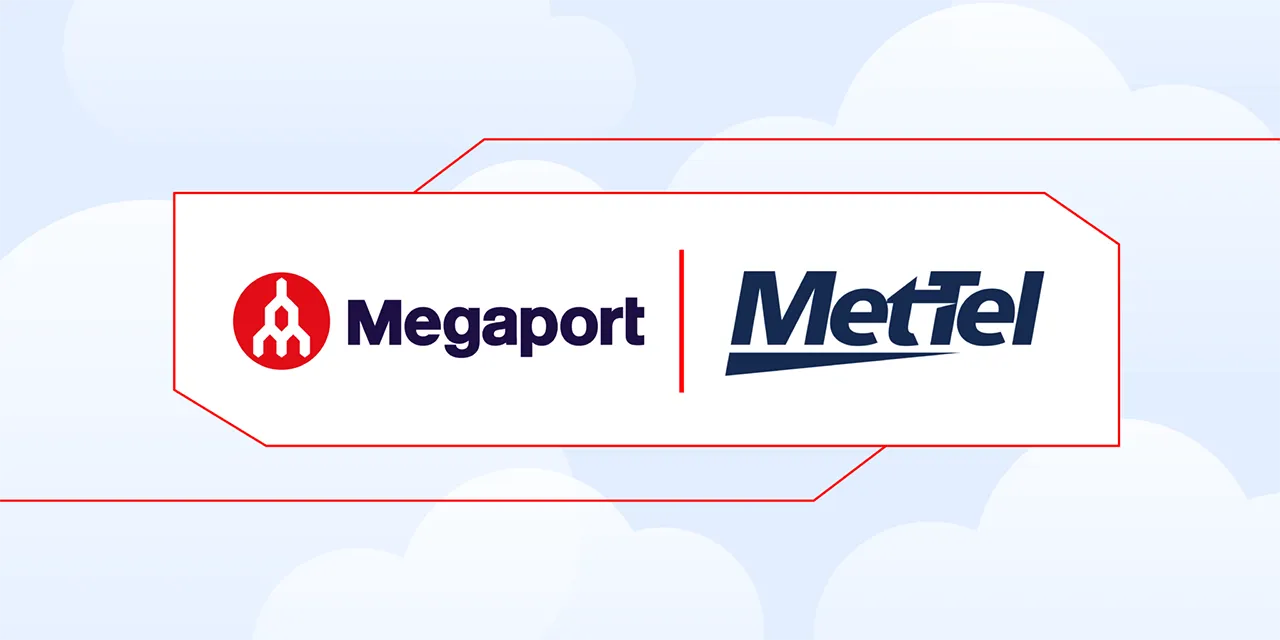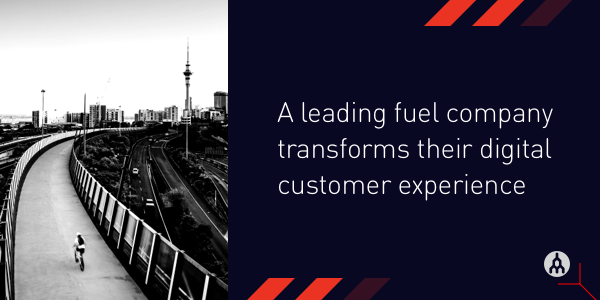
The Problem with Public Internet Connectivity
- Cloud networking
- October 30, 2022
- RSS Feed
Exploring the pitfalls of public internet connectivity for cloud access – and identifying your alternatives.
The cloud has completely transformed the way we do business today. By giving companies of all sizes ways to access – and in many cases, build – services and technology that were previously prohibitively expensive or impossible for them to manage, it’s levelled the enterprise tech playing field.
The premise is simple: get the services you want directly from a dedicated provider that hosts them, using a public internet connection. Clearly, it’s proven an extremely appealing offer for millions of businesses across the globe. But, as time has progressed and businesses’ cloud strategies have matured, many have come to realise that public internet connectivity isn’t up to the task.
The Core of the Problem: Reliability
When your home internet connection slows down or drops out while you’re watching the latest episode of your favourite TV show, it’s annoying. But when you’re a company running mission-critical applications in the cloud and your connection suffers, it can cost you millions in lost productivity, reputation, and business.
Compared with private connectivity options, public internet connections simply don’t offer the same reliability, backed by the same stringent Service Level Agreements. Connectivity issues happen, forcing businesses to accept that when they access them via the public internet, the ‘always-on’ services they’ve subscribed to might not be as ‘always-on’ as they’d hoped.
Take an e-commerce platform, for example. When the entirety of your customer-facing digital business is running in the cloud, every second of downtime or diminished performance costs you money. You wouldn’t accept this kind of unreliability from your physical retail store, so why would you accept this from your digital store?
The Added Problem: Control
Basic internet connectivity is designed to deliver a consistent level of performance and bandwidth. But in reality, as a business, your digital demands can change dramatically from one day to the next.
Following an event like a new product launch, you may want to allocate greater bandwidth to supporting key elements of your internal or customer-facing cloud-based systems. The public internet simply doesn’t offer you that level of control.
The result is that instead of being cause for celebration, spikes in demand can become a nightmare, quickly bringing your business to its knees and heavily impacting your ability to operate as you need to.
The traffic to your cloud services is fluid. It’s ever-changing, and you need the right level of flexibility and control to account for that and ensure that whatever it is people are trying to access, they can do that reliably and consistently. Public internet connections cause bottlenecks at times of high demand – something no business can afford to tolerate.
The Growing Problem: Security
One of the most common objections businesses had to the cloud in its early days was security. Companies were quite understandably apprehensive about having sensitive data stored with a partner, and the impact that having it constantly in motion over public internet networks could have on them and their customers.
The cloud itself is a highly secure model, with many of the world’s biggest cloud providers having security capabilities far beyond those typically adopted by the businesses they serve. However, for those businesses, it’s the connectivity option they choose that ultimately determines how safe their data is in transit – where it’s at its most exposed.
Public internet is the least secure connectivity option businesses can choose when planning their cloud strategy. By its nature, it’s easier for malicious attackers to infiltrate than dedicated private connections, which is a deal-breaker for many medium and large-sized businesses.
When Public Cloud Meets Private Connectivity
Public cloud services play a vital role in many business’ operations today, and what they get from them depends greatly on the connectivity option they choose to access them. While public internet connectivity is cost-effective, it comes at the cost of lower reliability, a lack of control, and being more vulnerable to security risks.
With dedicated private connectivity to cloud providers, however, businesses get a reliable connection that’s closed to the public, and offers them total control over their connectivity. From customising bandwidth to ensuring that ‘always-on’ means ‘always-on’, it’s a far stronger option for any company that depends on cloud services or infrastructure.
However, typically, this too comes at a cost—cloud freedom. Once you’ve deployed a direct connection to a cloud service partner, you can usually only connect to their services, limiting your freedom to access a broad range of cloud services from unique vendors.
For growing businesses, there’s a delicate balance to strike. They want the freedom and flexibility of public internet connectivity, blended with the reliability and control offered by direct connections to cloud providers. That’s where the Network as a Service option comes in.
Find out more about Network as a Service and discover how your growing business can get the best of both worlds today by visiting Megaport.com or reaching out to us via Twitter.


